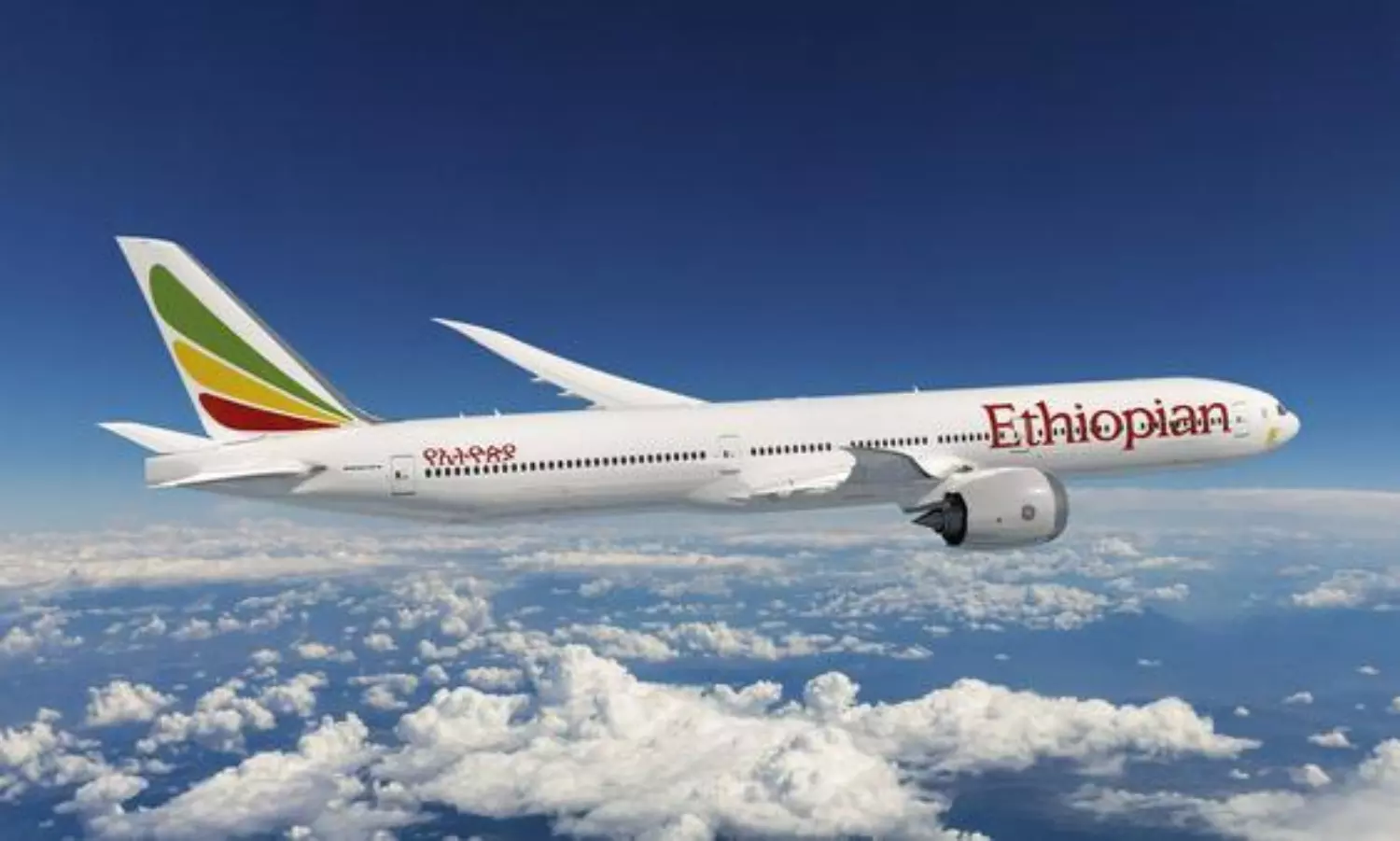African airlines report 6.2% cargo demand growth in July
Demand on the Africa–Asia market increased by 15.4% compared to July 2023.

Photo Credit: Boeing
African airlines saw 6.2 percent year-on-year demand growth for air cargo in July – the lowest of all regions and their lowest recorded figure in 2024.
Demand on the Africa–Asia market increased by 15.4 percent compared to July 2023. Capacity increased by 10.5 percent year-on-year, according to the latest update from the International Air Transport Association (IATA).
"July’s figures reflect slower year-on-year demand and capacity compared with June when demand was up 11.8 percent YoY and capacity rose expanded by 23.8 percent YoY."
Total demand, measured in cargo tonne-kilometres (CTKs), rose by 13.6 percent in July compared to the same period last year (14.3 percent for international operations).
"This is the eighth consecutive month of double-digit year-on-year growth, with overall levels reaching heights not seen since the record peaks of 2021," the update added.
Capacity, measured in available cargo tonne-kilometres (ACTKs), increased by 8.3 percent compared to July 2023 (10.1 percent for international operations), the update added. "This was largely related to the growth in international belly capacity, which rose 12.8 percent on the strength of passenger markets and balancing the 6.9 percent growth of international freighter capacity. It should be noted that the increase in belly capacity is the lowest in 40 months whereas the growth in freighter capacity is the highest since an exceptional jump was recorded in January 2024."
Willie Walsh, Director General, IATA says: "Air cargo demand hit record highs year-to-date in July with strong growth across all regions. The air cargo business continues to benefit from growth in global trade, booming e-commerce and capacity constraints on maritime shipping. With the peak season still to come, it is shaping to be a very strong year for air cargo. And airlines have proven adept at navigating political and economic uncertainties to flexibly meet emerging demand trends."
July regional performance
Asia-Pacific airlines saw 17.6 percent year-on-year demand growth for air cargo in July – the strongest of all regions. Demand on the within-Asia trade lane grew by 19.8 percent year-on-year while the Europe-Asia, Middle East-Asia and Asia-Africa trade lanes rose by 17.9 percent, 15.9 percent and 15.4 percent, respectively. Capacity increased by 11.3 percent year-on-year.
North American carriers saw 8.7 percent year-on-year demand growth, hampered in part by flight cancellations and airport closures in the U.S. and the Caribbean in relation to Hurricane Beryl. Demand on the Asia-North America trade lane, the largest trade lane by volume, grew by 10.8 percent year-on-year while the North America-Europe route saw a modest increase of 5.3 percent. July capacity increased by seven percent year-on-year.
European carriers saw 13.7 percent year-on-year demand growth in July. The Middle East–Europe trade lane led growth, up 32.2 percent, maintaining a streak of double-digit annual growth that started in September 2023. The Europe–Asia route, the second largest market, was up 17.9 percent. Within Europe also saw double-digit growth, up 15.5 percent. July capacity increased 7.6 percent year-on-year.
Middle Eastern carriers saw 14.7 percent YoY demand growth, and, as mentioned earlier, the Middle East–Europe trade lane performed particularly well, surging 32.2 percent. Middle East-Asia grew by 15.9 percent year-on-year. Capacity increased 4.4 percent.
Latin American carriers saw 11.1 percent year-on-year demand growth in July. As with North American carriers, growth was hampered in part by flight cancellations and airport closures in the U.S. and the Caribbean related to Hurricane Beryl. Capacity increased 9.4 percent year-on-year.


